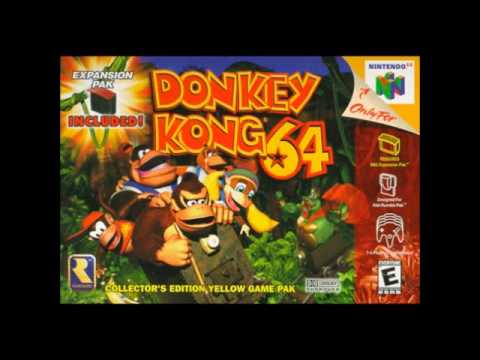

Critics felt that the game did not meet the revolutionary potential of Donkey Kong Country but remained among the best 3D platform games on the console.ĭonkey Kong 64 is remembered as the emblematic example of Rare's "collect-a-thon" adventure platformers. The game's camera controls also frustrated reviewers. Some cited its similarity to its Rare's 1998 predecessor, Banjo-Kazooie, both in gameplay and visuals and despite Donkey Kong 64 's mandatory memory add-on. Reviewers noted the game's exceptional size and length, and criticized its emphasis on item collection and backtracking. It won the 1999 E3 Game Critics award for Best Platform Game, and multiple awards and nominations from games magazines. The game received universal acclaim from reviewers and was Nintendo's top seller during the 1999 holiday season, with 2.3 million units sold by 2004. The game had an exceptionally large marketing budget that included advertisements, sweepstakes, and a national tour. It was the first game to require the Nintendo 64 console's Expansion Pak, an accessory that added memory resources. A 16-person team, with many members recruited from Rare's Banjo group, finished the game in 1999, when it was published by Nintendo for North America in November and worldwide by December.

Rare, who had previously developed the Donkey Kong Country games, began development on the 3D Donkey Kong in 1997.


 0 kommentar(er)
0 kommentar(er)
